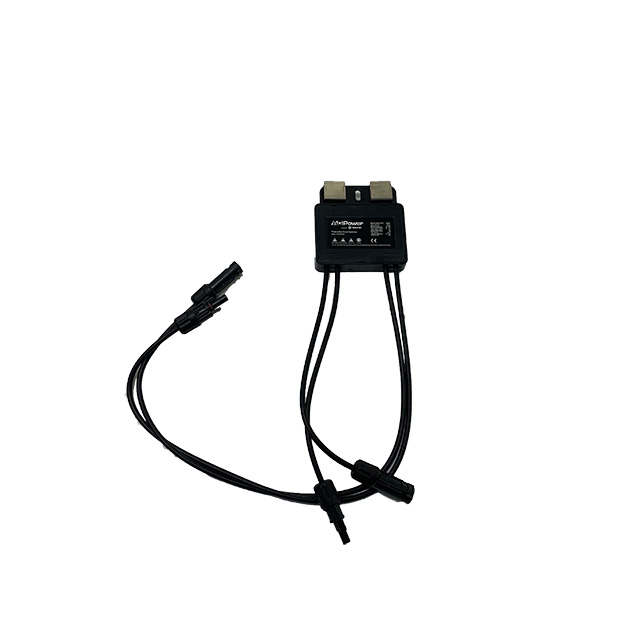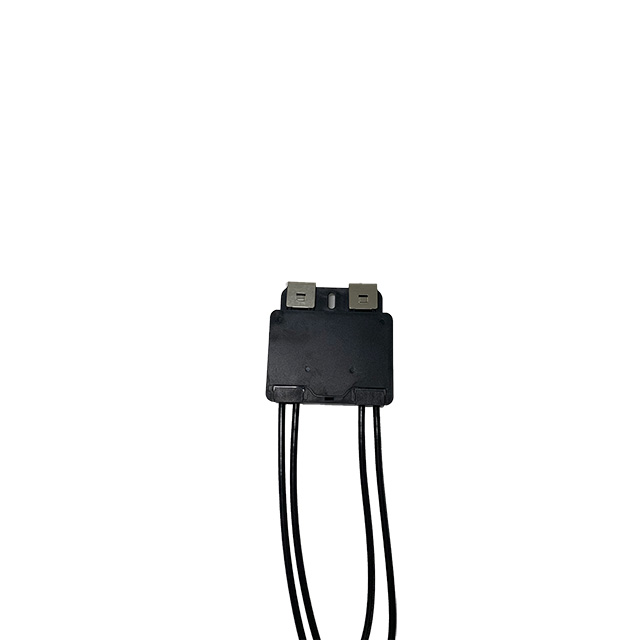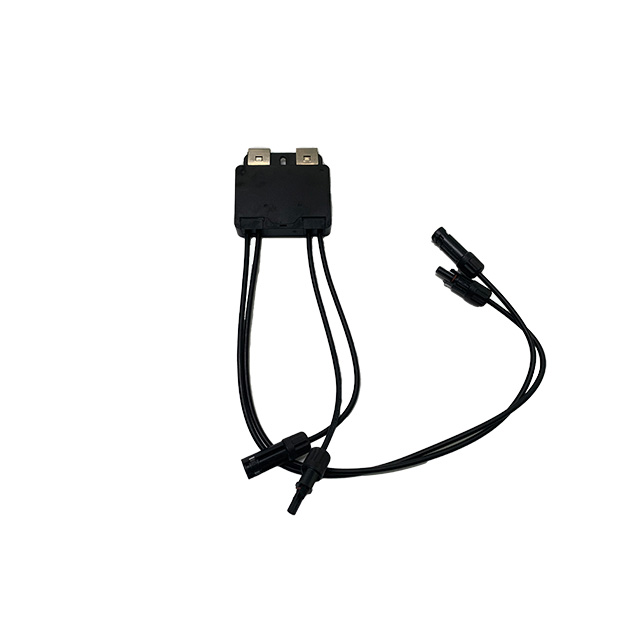Author:BLD Solar Energy SystemFROM:Solar System Converter Manufacturer TIME:2023-08-21
Introduction:
The rapid growth of the solar industry has brought about significant advancements in solar panel technology. One such innovation is the use of micro optimizers in photovoltaic (PV) systems. Micro optimizers, also known as module-level power electronics (MLPE), offer numerous benefits to optimize the performance and efficiency of solar arrays. In this article, we will explore the best practices for using micro optimizers in the PV industry.
Micro optimizers play a crucial role in maximizing energy production in a solar array. By individually optimizing the output of each solar module, they help mitigate the impact of partial shading or panel mismatch. This ensures that even if one module is shaded or underperforming, it won't negatively affect the overall system's performance.
Best practice: When installing micro optimizers, it is important to follow the manufacturer's guidelines regarding their placement and wiring. Ensuring proper spacing between modules and optimizing the orientation of the micro optimizers can significantly enhance energy harvesting. Additionally, regular monitoring and analysis of the system's performance can help identify any issues and take corrective measures promptly.

Micro optimizers offer enhanced safety features compared to traditional string inverters. With micro optimizers, each module operates independently, which means that in the event of a malfunction or damage to one module, the rest of the system continues to function optimally. This not only increases the safety of the system but also simplifies maintenance and troubleshooting processes.
Best practice: It is recommended to conduct periodic inspections of the PV system to identify any faulty or damaged micro optimizers. Additionally, ensuring proper grounding and compliance with electrical codes is essential for the safe operation of the system. Regular maintenance, including cleaning the modules and checking for any loose connections, can also help optimize performance and prolong the lifespan of micro optimizers.

Micro optimizers provide valuable data on the performance of individual modules in a solar array. This data can be used for comprehensive monitoring and analysis purposes, helping identify underperforming modules or potential issues. With this information, system owners can take informed decisions to optimize energy production and ensure the long-term reliability of the system.
Best practice: Integrating micro optimizer data into a comprehensive monitoring platform allows for real-time monitoring and analysis of the PV system's performance. This facilitates quick identification and resolution of any issues. Additionally, regular data analysis can help in assessing the overall health of the system, optimizing energy production, and identifying opportunities for system expansion or improvement.
Conclusion:
Incorporating micro optimizers in the design and operation of PV systems brings numerous benefits, including enhanced energy harvesting, improved safety and maintenance, and advanced monitoring capabilities. By following the best practices outlined in this article, stakeholders in the solar industry can optimize the performance, efficiency, and reliability of their solar arrays, contributing to the continued growth and sustainability of the photovoltaic sector.
